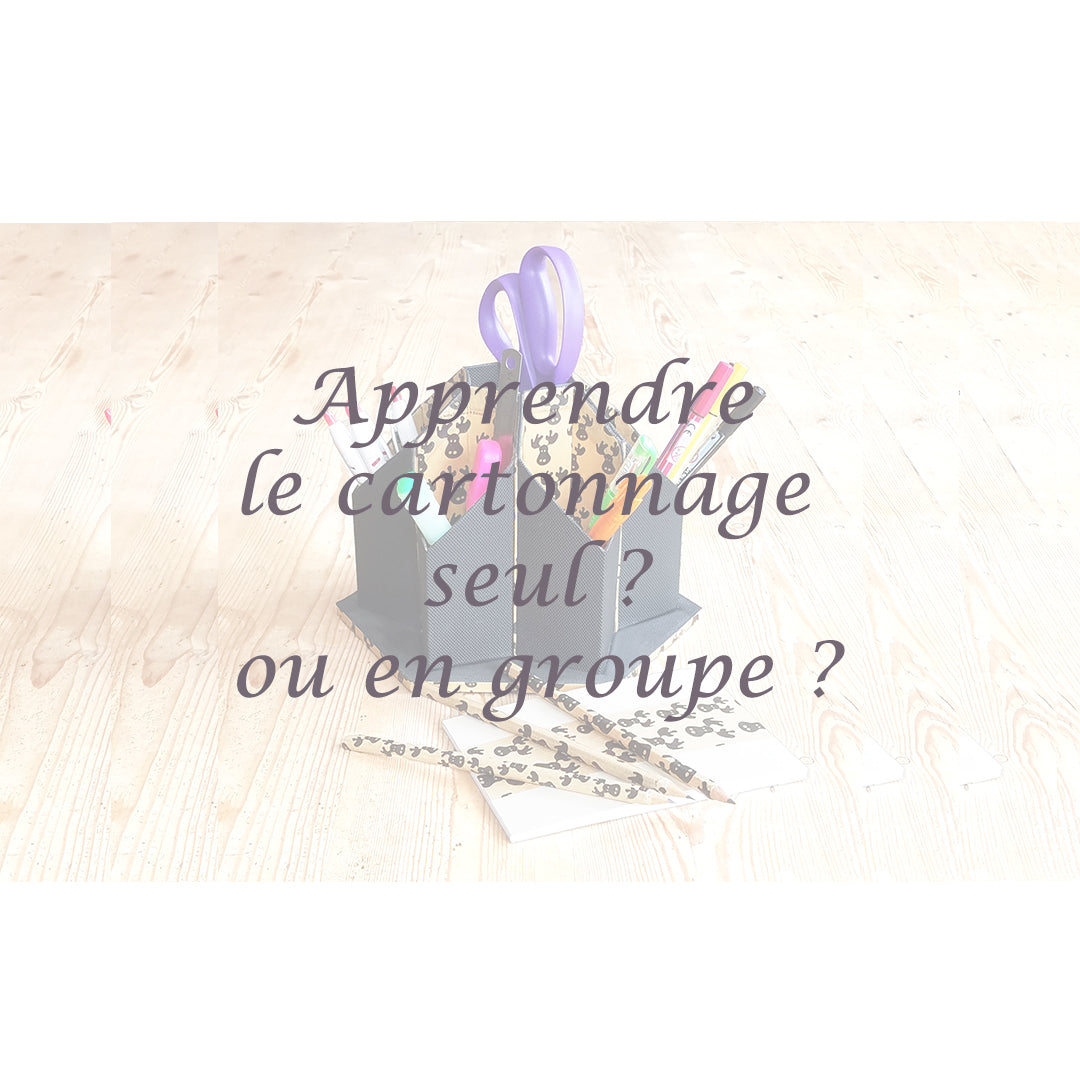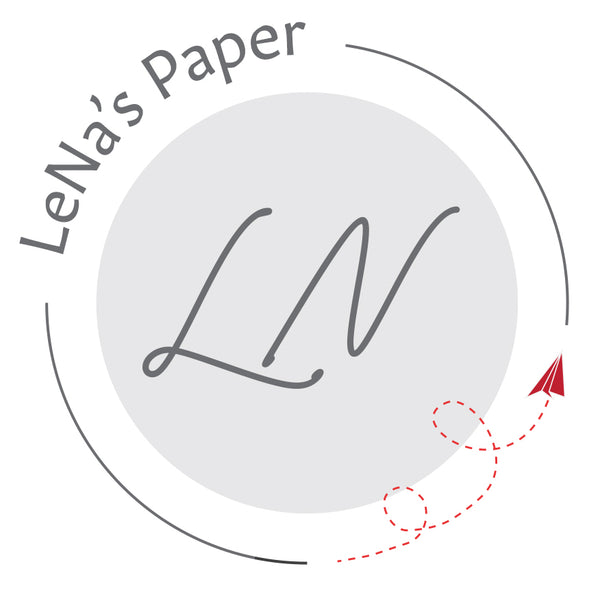
Learn cardboard alone or in a group?
Share
I so understand this desire , this attraction to cardboard !!!! Since I was old enough to use a pair of scissors, I have always cut, glued, assembled paper and cardboard. For 20 years now, I have been passing on this passion professionally.
Get started! and Welcome to the Paper Addict!
*Very quickly , it is possible to make superb, high-quality creations, without waiting for years of practice.
*Very quickly , cardboard allows you to create beautiful, practical and/or decorative objects.
*Very quickly, these objects are so beautiful that we dare without any problem to offer them to our loved ones or even for some of us, to sell them.
*Very quickly , this manual activity brings a lot of personal satisfaction, improves self-confidence and self-image.
* In France, it is easy to obtain papers, boxes and tools. Many brands offer a very wide choice. I will write an article on this subject shortly!
Can cardboard be learned?
Yes !
* My taste for transmission, for things well done, leads me to think that it is essential to learn the right gestures, good practices, to know some fundamental techniques to create truly beautiful, well-made objects.
* Learning the basics of cardboard making also helps you avoid being disappointed by a mediocre result. I often say that a cake shouldn't just look pretty on the outside! let it be beautiful of course, but it must be, above all, good!
* Cardboarding is a fantastic learning and creative path. This manual activity can be learned alone or in a group!
What quality or predisposition to make cardboard?
Want to!
* The desire to make a splash is the essential initial ingredient. Without desire, no results.
* Then, cardboard, like many manual activities, requires a little patience and perseverance . The result necessarily improves with practice and experience. Putting your work into perspective, accepting to make mistakes, agreeing to start again, learning from each experience, are therefore positive dispositions. The taste for precision , beautiful workmanship , pretty finishing , and detail are also welcome.
* And there is another dimension that I really like in cardboard, which is just as important: the love of beautiful gestures , the serenity essential to work well, the necessary concentration , so many ingredients that help one lighten the sometimes harsh realities of life.
So, can you go it alone?
Of course !
There are many step-by-step tutorials, technical workbooks , and even cardboard books that allow you to gradually learn the gestures and techniques. There are also many videos that deal with this activity.
Here is my opinion and advice for each of the supports:
What do you think of downloadable tutorials?
* I much prefer tutorials that only deal with a single object, describing the different stages of manufacturing very precisely. This is the approach I chose: one tutorial = one and only one creation. Besides, I'm so talkative when I explain one of my creations that 3 A4 sheets are not enough for me at all. Sometimes it takes me up to 50 pages to explain how an object is made!
* The downloadable tutorial format, whether paper or screen, respects everyone's time : time to read, understand, reread, also note on the margin....which is more difficult with a video than You have to pause, retrigger, go back.
* The fact that the tutorials are also downloadable is a small gesture for the planet , which we cannot refuse! No transportation! It's up to you to choose whether to leave the download on your computer/tablet or to print it to organize your folder of favorite tutorials.
What do you think of board books?
* For beginners, I do not recommend cardboard books that present several objects in the same collection. Each project is described far too succinctly. Only 3 pages to explain an object! it's too little when you're alone. On the other hand, the photos are often magnificent and inspiring. I would therefore rather recommend these books for experienced people who can do without explanations, know how to make execution plans, and read between the lines.
* This is also the approach I chose when I started writing tutorials: a book for an object. Of course, this didn't please any publisher, but that's okay, my goal was that the person who bought my book could in fact create my creation, in complete autonomy. My books are therefore technical before being beautiful, even if they are beautiful all the same!
What do you think of the videos?
* For certain small gestures, or notions, or small quick objects, I find the videos interesting. For some paper creations in particular, I also offer a few videos, zooming in on a specific point.
* I have a little trouble imagining the explanation of a more complex object on a video: it would take hours for it to be serious!
* Maybe starting to see and listen to videos is a revealing and legitimate sign of the need for human contact! a course might then be worth considering!
How to choose a first model?
* Resist : although I understand that it is difficult to resist very beautiful objects like the Mary Poppins Vanity bag or the Essential Suitcase :
BUT starting with these creations, there is a risk of being disgusted with the cardboard, because the level is too high. My long experience as a teacher allows me to be able to promise that these objects are entirely doable by everyone , if and only if, the techniques have been learned progressively, as with any learning.
* Start with an accessible object like ' Boxes in Shirts ', where you will learn to read a simple plan, discover the principle of some hinges, properly dress a box, install a magnet...
Or the so attractive ' Handbag Photo Holder Triptych ', or other hinges, the principle of the pockets, the relief decoration are explained...
Or the charming 'Pochette Olympe' , where you will discover paper lace!
Know the good basics, the fundamentals
* It is essential: many gestures, notions, principles are recurrent and concern many, even all, cardboard objects. With this objective, I propose the Technical Focuses. Each Focus zooms in on a specific technical point. Understanding, mastering and applying these concepts is essential to obtain good results.
And why not join a cardboard group?
Great idea!
Joining a group of cardboard enthusiasts, led by a facilitator or a teacher, can be a real solution for the following reasons:
* Learning alone is not always easy: it is exactly the role of the teacher to learn good habits from the start, to reveal all the qualities of the student.
* Taking a step back from your work alone is not always easy: the caring gaze of the coach and other enthusiasts is constructive.
* Sharing your difficulties in carrying out and understanding an activity with other enthusiasts is often effective.
* Even when you have a certain level, you sometimes need help to move to a higher level.
* Others are always a source of inspiration, of positive criticism which nourishes one's motivation and creativity.
Near you, there is bound to be an association/club/workshop that offers cardboard lessons. Push the door, there can only be good things behind it!










